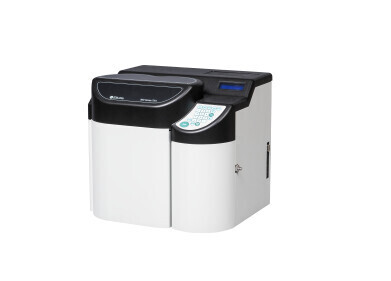Gas Chromatography
Improving Seafood's Shelf-Life with Chromatography
Nov 30 2019
Fresh sea food is the staple for many restaurants. Seafood includes both vertebrate and invertebrate organisms and is rich in essential vitamins and minerals. Eating seafood is recommended to ensure we eat enough omega-3 fatty acids. But, alongside the nutrition and health benefits - seafood can perish easily leading to taste and potential health issues.
There are many reasons why seafood can spoil - and it generally starts the moment the fish are caught or the seafood is harvested. To improve the shelf life of seafood we need to understand what is causing the food to spoil and what mechanisms might help the food last longer. A recent paper published in the journal Food Research International reports on research carried out on mussels packaged for sale - and chromatography plays a part in the story.
Spoiling after the catch
The conditions in which seafood is kept after harvest has a massive effect on the quality and shelf life of the product. This is even more the case when it is a live food like oysters or mussels. The short shelf can seriously impact on how the catch can be supplied to customers. Currently mussels only have a 10-day shelf life after capture when they are supplied in modified atmospheric packaging having more oxygen.
The three main factors that can be controlled and analysed after harvest are storage temperature, initial headspace oxygen and duration of depuration. All three of these factors affect the shelf life and quality of product. Depuration is a process carried out on harvested seafood where they are placed in a clean water environment for a period of time. This is to allow the seafood’s body to be purged of contaminants such as E-coli or sand and silt. It is commonly carried out on oysters and mussels.
Chromatography mussels in
To understand what happens to seafood after harvest, a research team stored mussels at different temperatures (4ËšC to 13ËšC) for different periods of time with different headspace oxygen concentrations in the packaging. The team measured the volatile organic compounds released by the mussels to analyse how the mussels were spoiling using gas chromatography-mass spectromentry. Gas chromatography is a powerful analytical technique with many uses as discussed in the article, Workflow solution for antidoping analysis including steroids in urine with GC-QqQ and GC-HRAM. The results showed that the storage of mussels at 4ËšC in 80% oxygen gave the longest shelf life.
Digital Edition
Chromatography Today - Buyers' Guide 2022
October 2023
In This Edition Modern & Practical Applications - Accelerating ADC Development with Mass Spectrometry - Implementing High-Resolution Ion Mobility into Peptide Mapping Workflows Chromatogr...
View all digital editions
Events
Jan 20 2025 Amsterdam, Netherlands
Feb 03 2025 Dubai, UAE
Feb 05 2025 Guangzhou, China
Mar 01 2025 Boston, MA, USA
Mar 04 2025 Berlin, Germany














